Qi Lin
Trajectory Entropy: Modeling Game State Stability from Multimodality Trajectory Prediction
Jun 06, 2025Abstract:Complex interactions among agents present a significant challenge for autonomous driving in real-world scenarios. Recently, a promising approach has emerged, which formulates the interactions of agents as a level-k game framework. It effectively decouples agent policies by hierarchical game levels. However, this framework ignores both the varying driving complexities among agents and the dynamic changes in agent states across game levels, instead treating them uniformly. Consequently, redundant and error-prone computations are introduced into this framework. To tackle the issue, this paper proposes a metric, termed as Trajectory Entropy, to reveal the game status of agents within the level-k game framework. The key insight stems from recognizing the inherit relationship between agent policy uncertainty and the associated driving complexity. Specifically, Trajectory Entropy extracts statistical signals representing uncertainty from the multimodality trajectory prediction results of agents in the game. Then, the signal-to-noise ratio of this signal is utilized to quantify the game status of agents. Based on the proposed Trajectory Entropy, we refine the current level-k game framework through a simple gating mechanism, significantly improving overall accuracy while reducing computational costs. Our method is evaluated on the Waymo and nuPlan datasets, in terms of trajectory prediction, open-loop and closed-loop planning tasks. The results demonstrate the state-of-the-art performance of our method, with precision improved by up to 19.89% for prediction and up to 16.48% for planning.
INFELM: In-depth Fairness Evaluation of Large Text-To-Image Models
Jan 07, 2025Abstract:The rapid development of large language models (LLMs) and large vision models (LVMs) have propelled the evolution of multi-modal AI systems, which have demonstrated the remarkable potential for industrial applications by emulating human-like cognition. However, they also pose significant ethical challenges, including amplifying harmful content and reinforcing societal biases. For instance, biases in some industrial image generation models highlighted the urgent need for robust fairness assessments. Most existing evaluation frameworks focus on the comprehensiveness of various aspects of the models, but they exhibit critical limitations, including insufficient attention to content generation alignment and social bias-sensitive domains. More importantly, their reliance on pixel-detection techniques is prone to inaccuracies. To address these issues, this paper presents INFELM, an in-depth fairness evaluation on widely-used text-to-image models. Our key contributions are: (1) an advanced skintone classifier incorporating facial topology and refined skin pixel representation to enhance classification precision by at least 16.04%, (2) a bias-sensitive content alignment measurement for understanding societal impacts, (3) a generalizable representation bias evaluation for diverse demographic groups, and (4) extensive experiments analyzing large-scale text-to-image model outputs across six social-bias-sensitive domains. We find that existing models in the study generally do not meet the empirical fairness criteria, and representation bias is generally more pronounced than alignment errors. INFELM establishes a robust benchmark for fairness assessment, supporting the development of multi-modal AI systems that align with ethical and human-centric principles.
Serving Deep Learning Model in Relational Databases
Oct 10, 2023

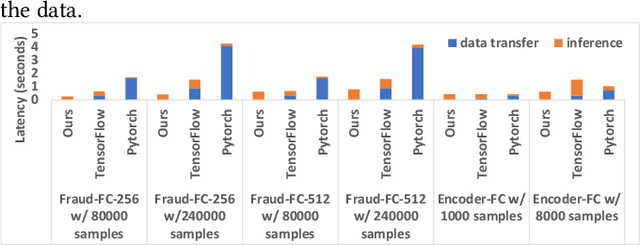

Abstract:Serving deep learning (DL) models on relational data has become a critical requirement across diverse commercial and scientific domains, sparking growing interest recently. In this visionary paper, we embark on a comprehensive exploration of representative architectures to address the requirement. We highlight three pivotal paradigms: The state-of-the-artDL-Centricarchitecture offloadsDL computations to dedicated DL frameworks. The potential UDF-Centric architecture encapsulates one or more tensor computations into User Defined Functions (UDFs) within the database system. The potentialRelation-Centricarchitecture aims to represent a large-scale tensor computation through relational operators. While each of these architectures demonstrates promise in specific use scenarios, we identify urgent requirements for seamless integration of these architectures and the middle ground between these architectures. We delve into the gaps that impede the integration and explore innovative strategies to close them. We present a pathway to establish a novel database system for enabling a broad class of data-intensive DL inference applications.
From seeing to remembering: Images with harder-to-reconstruct representations leave stronger memory traces
Feb 21, 2023Abstract:Much of what we remember is not due to intentional selection, but simply a by-product of perceiving. This raises a foundational question about the architecture of the mind: How does perception interface with and influence memory? Here, inspired by a classic proposal relating perceptual processing to memory durability, the level-of-processing theory, we present a sparse coding model for compressing feature embeddings of images, and show that the reconstruction residuals from this model predict how well images are encoded into memory. In an open memorability dataset of scene images, we show that reconstruction error not only explains memory accuracy but also response latencies during retrieval, subsuming, in the latter case, all of the variance explained by powerful vision-only models. We also confirm a prediction of this account with 'model-driven psychophysics'. This work establishes reconstruction error as a novel signal interfacing perception and memory, possibly through adaptive modulation of perceptual processing.
Smart System: Joint Utility and Frequency for Pattern Classification
Jun 09, 2022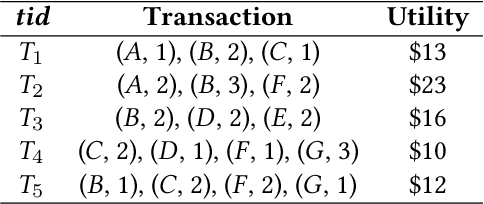
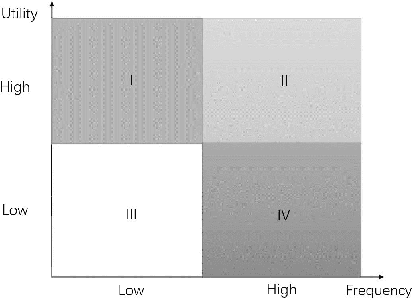

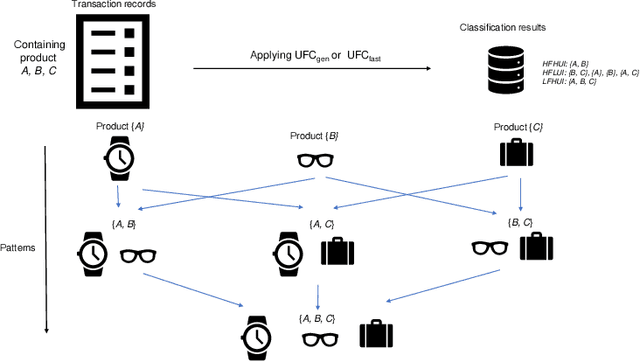
Abstract:Nowadays, the environments of smart systems for Industry 4.0 and Internet of Things (IoT) are experiencing fast industrial upgrading. Big data technologies such as design making, event detection, and classification are developed to help manufacturing organizations to achieve smart systems. By applying data analysis, the potential values of rich data can be maximized and thus help manufacturing organizations to finish another round of upgrading. In this paper, we propose two new algorithms with respect to big data analysis, namely UFC$_{gen}$ and UFC$_{fast}$. Both algorithms are designed to collect three types of patterns to help people determine the market positions for different product combinations. We compare these algorithms on various types of datasets, both real and synthetic. The experimental results show that both algorithms can successfully achieve pattern classification by utilizing three different types of interesting patterns from all candidate patterns based on user-specified thresholds of utility and frequency. Furthermore, the list-based UFC$_{fast}$ algorithm outperforms the level-wise-based UFC$_{gen}$ algorithm in terms of both execution time and memory consumption.
DL-AMP and DBTO: An Automatic Merge Planning and Trajectory Optimization and Its Application in Autonomous Driving
Jul 30, 2021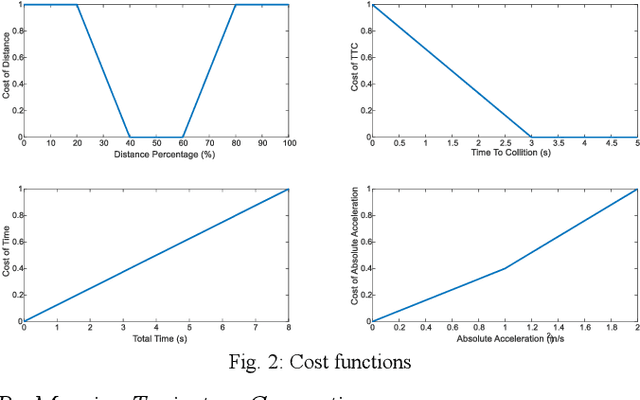
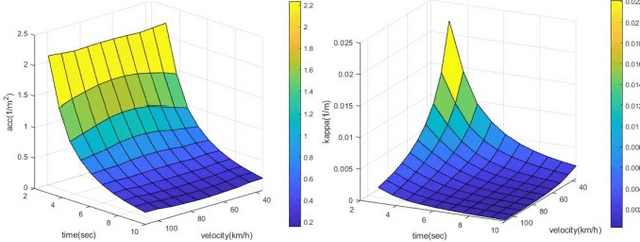
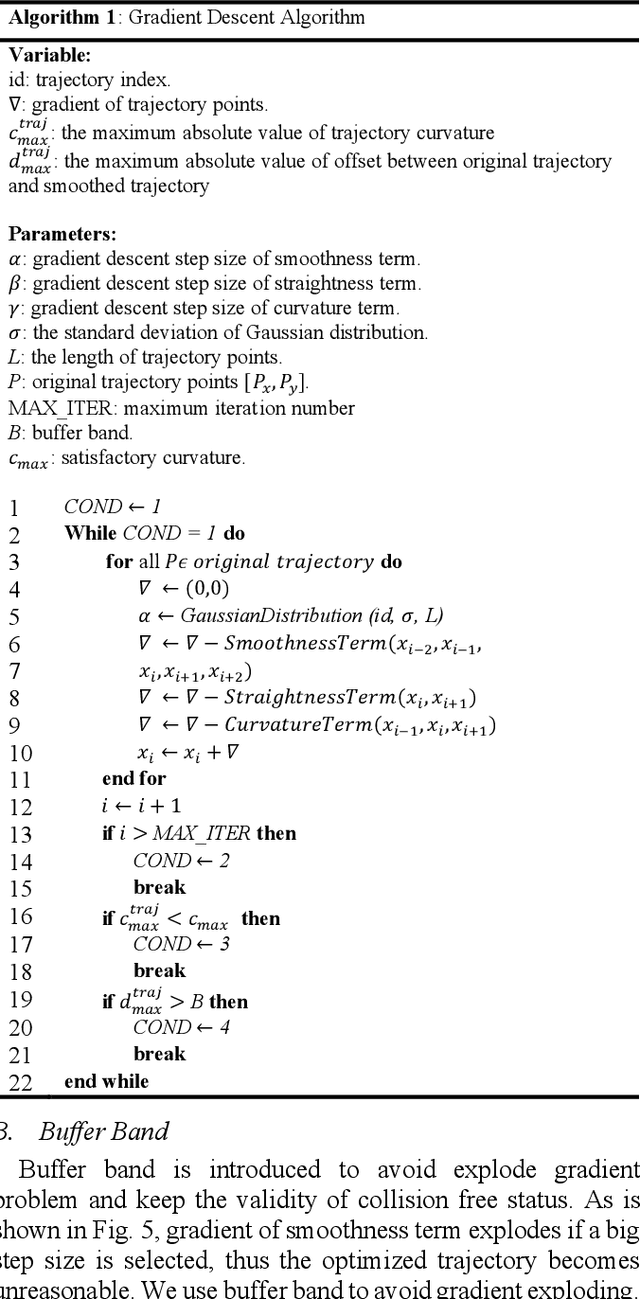
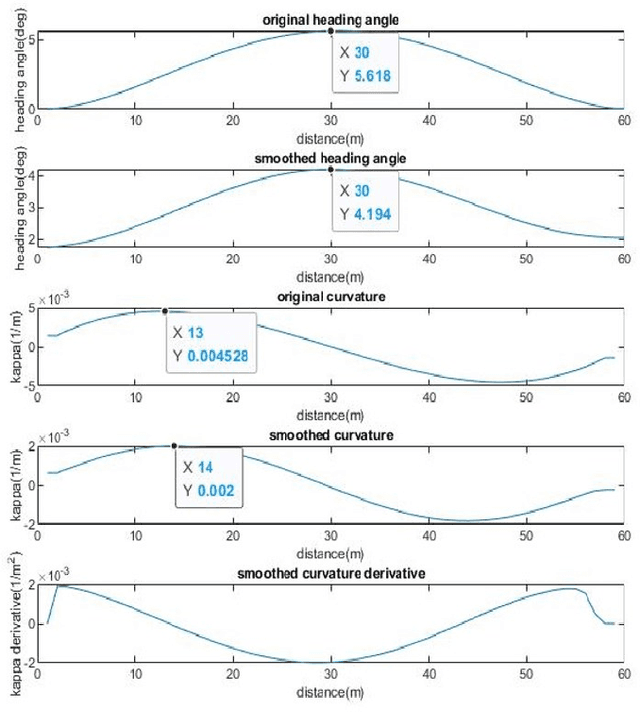
Abstract:This paper presents an automatic merging algorithm for autonomous driving vehicles, which decouples the specific motion planning problem into a Dual-Layer Automatic Merge Planning (DL_AMP) and a Descent-Based Trajectory Optimization (DBTO). This work leads to great improvements in finding the best merge opportunity, lateral and longitudinal merge planning and control, trajectory postprocessing and driving comfort.
 Add to Chrome
Add to Chrome Add to Firefox
Add to Firefox Add to Edge
Add to Edge